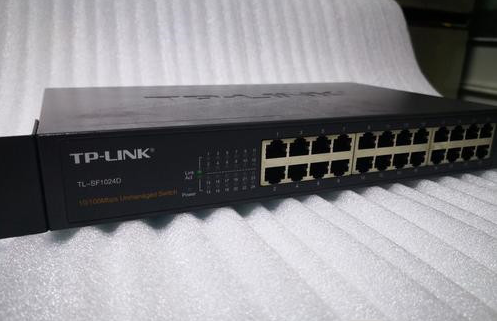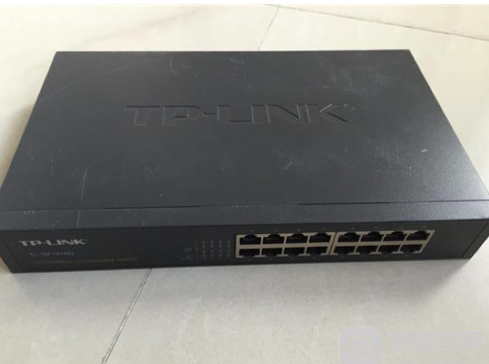At home, the installation of the network, will generally use the integrator, switch and router, because the hub and switch look similar, many people do not know, then what is the difference between a hub and a switch? Let's find out.

What is a hub before you know what a hub is, you must know what a neutral is. In the network we come into contact with, the most simple is that two computers through two network cards to form a “Two-machine interconnection,” between the two network cards are generally by non-Shielded Twisted Pair to act as a signal line. The maximum transmission distance of twisted pair cable is 100 meters, because the signal power will decrease gradually and the signal will be distorted when the signal decays to a certain extent. When the distance between the two computers is more than 100 meters, in order to realize the two computers interconnect, people install a“Repeater” between the two computers, its role is to have decayed the signal is not complete after finishing, re-generating a complete signal to continue transmission. Repeater is the predecessor of the common hub, the hub is actually a multi-port repeater. Hubs generally have 4,8,16,24,32 and so on the number of RJ45 interfaces, through these interfaces, hubs can be a corresponding number of computers to complete the“Relay” function. Because it is in a“Center” position in the network, the Hub is also called“Hub”
2, what is a switch switch is also called a switch Hub, it by the information re-generation, and after internal processing and forward to the designated port, with the ability of automatic addressing and exchange, because the switch according to the destination address of the packets to be transmitted, each packet independently from the source port to the destination port, avoid collision with other ports. The generalized switch is a kind of equipment which can exchange information in the communication system.

3. The differences between hubs and switches the OSI architecture is different: hubs belong to layer 1 physical layer devices, while switches belong to layer 2 data link layer devices. That is to say, the hub can only synchronize, enlarge and reshape the data transmission, but can not effectively deal with the short stubs and fragments in the data transmission, and can not guarantee the integrity and correctness of the data transmission The switch can not only synchronize, enlarge and reshape the data transmission, but also filter short frames, fragments and so on. Different work mode: hub for broadcast mode, hub work on one port, all other ports can receive information, prone to broadcast storm, when the network is large network performance will be affected, and the switch can avoid this phenomenon, when the switch works, only the request port and the destination port to respond to each other without affecting the other ports, therefore, the switch can isolate the conflict domain and suppress the broadcast storm effectively. Different bandwidth: all ports of the hub share a bandwidth, only two ports can transmit data at the same time, other ports can only wait, and the hub can only work in half-duplex mode, for the switch, each port has an exclusive bandwidth, when two ports work does not affect the work of other ports, while the switch can work in half-duplex mode or full-duplex mode



